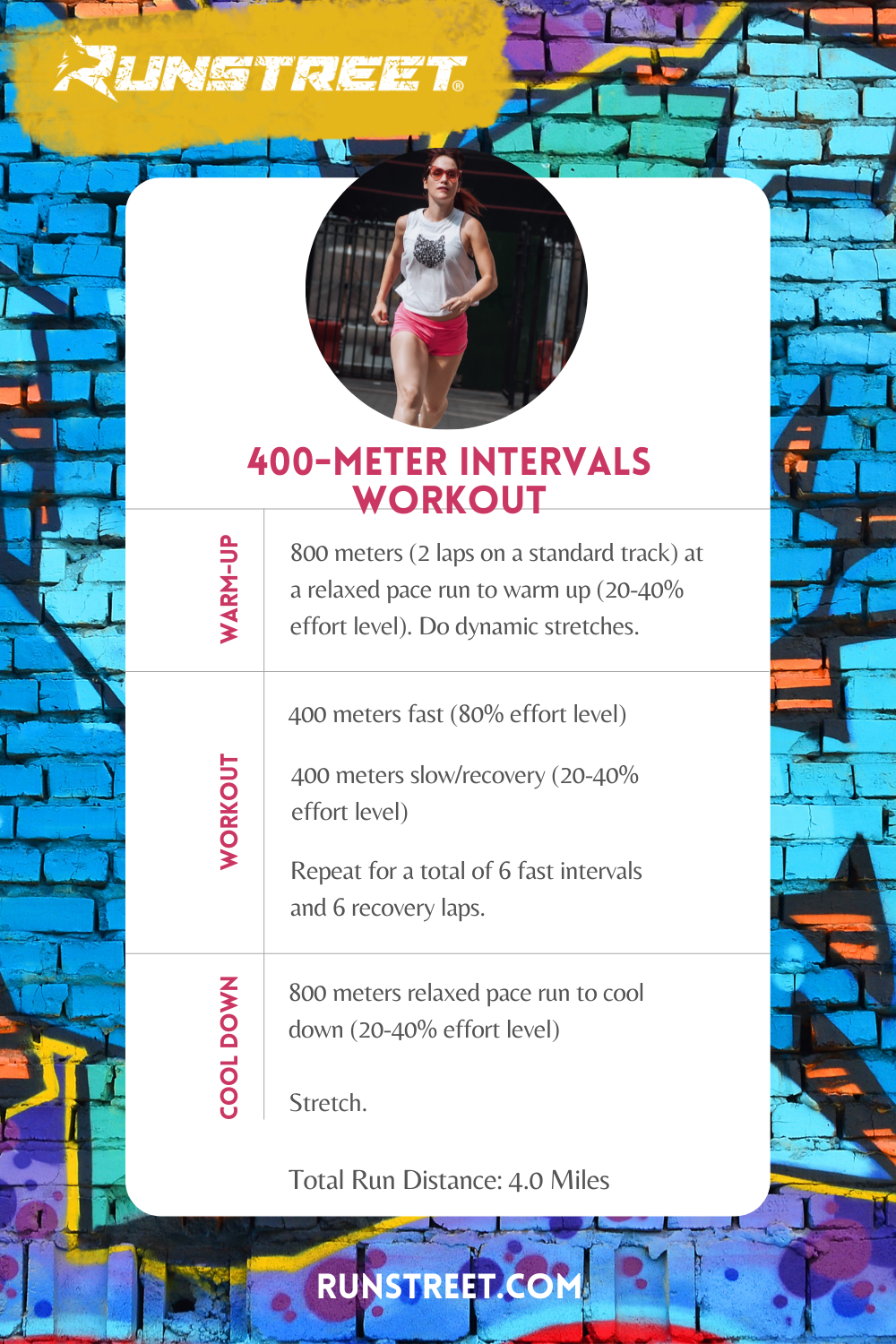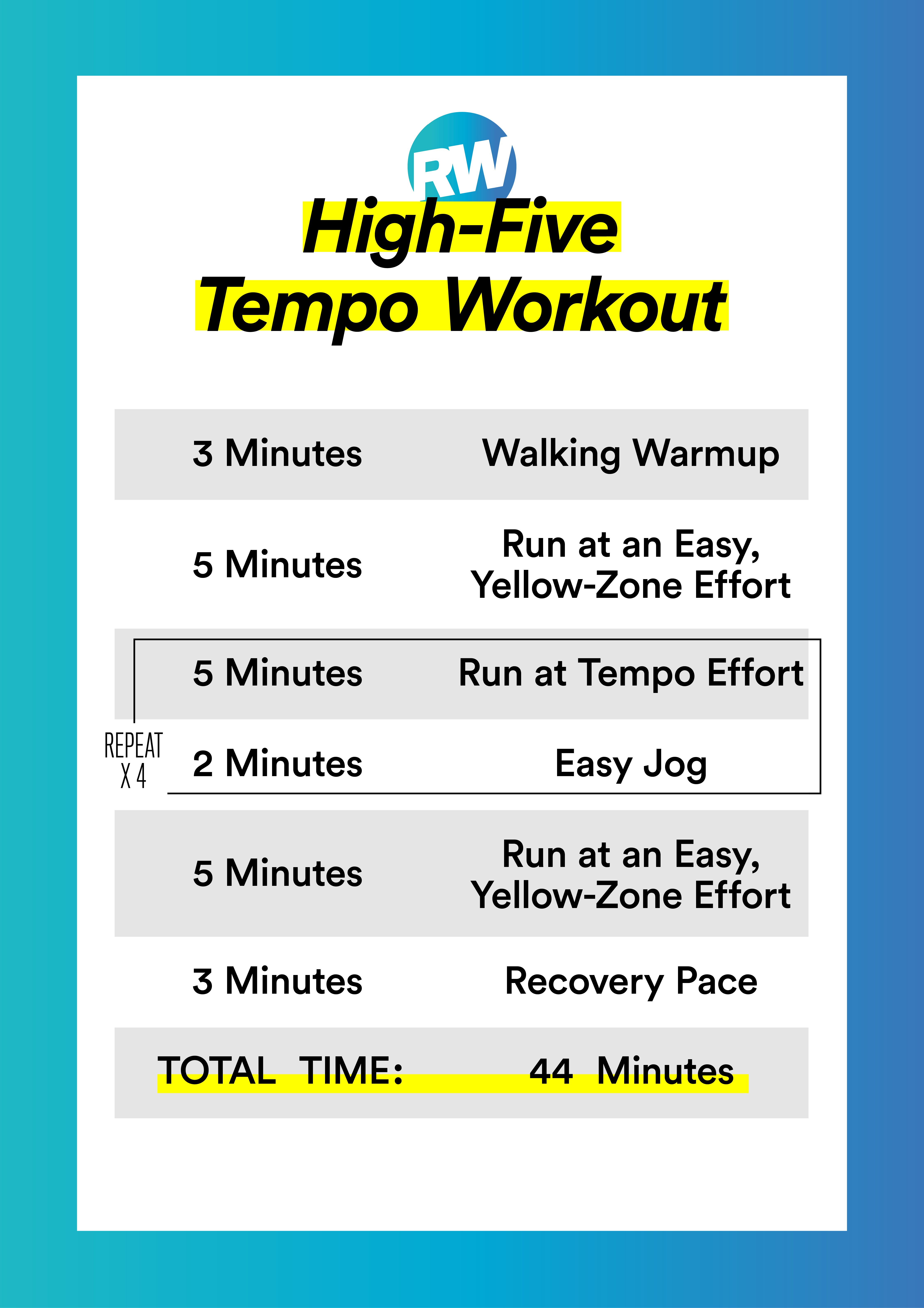Overcoming Discomfort in Running: Methods and Techniques That Work
Pain is a typical friend for many runners, often acting as an obstacle to accomplishing their wanted objectives. With the best strategies and methods, it is feasible to get rid of and even protect against the pain connected with running. By exploring numerous methods such as comprehending the different sorts of running discomfort, optimizing footwear and form, incorporating cross-training and stamina workouts, applying effective healing techniques, and preserving correct nutrition and hydration, runners can potentially relieve their discomfort and enhance their general running experience.
Understanding Different Kinds of Running Discomfort

Another kind of running discomfort is joint pain, which can materialize as a sharp or throbbing pain in areas such as the knees, hips, or ankle joints (running strategy). Joint discomfort may be triggered by elements like inappropriate running form, overuse, or underlying conditions like arthritis (original site). It is very important to differentiate between muscular tissue soreness and joint pain, as the latter may call for clinical attention to avoid more injury
Recognizing the various sorts of running pain is important for efficient administration and prevention strategies to make certain a secure and satisfying running experience.
Appropriate Footwear and Running Kind
To maximize performance and reduce the threat of running-related injuries, choosing suitable footwear and keeping appropriate running form are crucial elements for runners of all degrees. Appropriate shoes plays a vital function in providing assistance, cushioning, security, and protection for the feet and reduced limbs. It is advised to select running footwear that are particularly designed for the person's foot type, running stride, and the kind of running task they participate in. Obtaining fitted for shoes at a specialized running store can help guarantee the appropriate fit and support.

Cross-Training and Toughness Workouts
Participating in cross-training and including stamina exercises right into a running routine can significantly improve overall efficiency and decrease the chance of injuries. Cross-training, such as cycling or swimming, aids enhance cardiovascular health and fitness while giving running muscular tissues a break from repeated influence. It likewise aids enhance various muscle mass teams, causing better general body conditioning. Toughness exercises, like squats, lunges, and core exercises, play an essential duty in stabilizing muscle mass and improving running effectiveness. They can deal with muscle inequalities, enhance agility, and improve power output, all of which are crucial for running performance.
Incorporating cross-training and toughness workouts into a running routine needs to be done strategically. It is crucial to permit ample remainder in between running sessions and cross-training tasks to avoid overuse injuries. In addition, focusing on correct form and technique throughout strength exercises is vital to maximizing their benefits and decreasing the risk of injury. By integrating these aspects into a running routine, runners can build a stronger structure, boost efficiency, and appreciate an extra lasting running experience.
Recovery and Relax Strategies
Having established the relevance of cross-training and stamina exercises in a thorough running regimen, interest can currently be guided towards Recuperation and Relax Techniques as integral parts for enhancing efficiency and minimizing the risk of injuries. (running strategy)
Healing after running is essential for muscle repair service and growth. Strategies such as foam rolling, stretching, and massage therapy assistance in lowering muscle mass soreness and enhancing flexibility. Appropriate rest between runs enables the body to recuperate and adapt to the physical anxiety, avoiding overuse injuries.
Including active healing days right into a training routine, where low-intensity tasks like walking or cycling are executed, can improve blood flow and promote recovery without putting excess stress on the muscles. Furthermore, correct hydration and nutrition play a crucial duty in the recovery process by restoring lost fluids and nutrients.
Quality sleep is an additional crucial aspect of healing that need to not be overlooked. During sleep, the body undertakes repair and regeneration processes, adding to total physical and psychological health. By prioritizing recovery and rest methods, runners can preserve ideal efficiency degrees and lower the likelihood of experiencing pain or injuries.
Nutrition and Hydration for Runners
Carbs provide Your Domain Name power for running, while healthy proteins aid in muscular tissue repair work and recuperation. Sufficient hydration is additionally vital to keep optimal efficiency, as also mild dehydration can negatively affect running efficiency. Additionally, timing dishes and treats appropriately before runs can aid prevent intestinal pain and provide the required power for peak efficiency.
Verdict
Finally, by recognizing the numerous types of running pain, using correct shoes, maintaining appropriate running type, integrating cross-training and toughness workouts, prioritizing recovery and rest, and focusing on nutrition and hydration, runners can successfully get over discomfort and boost their performance. Implementing these techniques and methods can help joggers prevent injuries, enhance their endurance, and ultimately appreciate an extra fulfilling running experience.